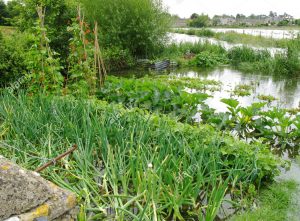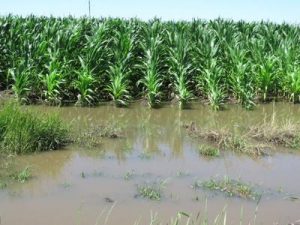 What to do if flood waters entered your garden?
What to do if flood waters entered your garden?
For your garden, the most conservative approach is to destroy any produce that comes into direct contact with floodwater. And whether exposed directly or indirectly to floodwater, any produce that is meant to be eaten raw should not be consumed. To find more information about consuming produce from flooded areas check out these sites: Guidelines for Consuming Late Season Produced Exposed to Floodwater and Extension Disaster Education Network.
What to do if flood waters entered your crops?
Potential damage to crops depends on several factors, including: Crop stage during the period of flooding/ponding, duration of the flooding/ponding, air/soil temperatures, and rate of drying and soil Flooding Impacts Corn Growth and Yield type. Larger plants have a better chance of surviving flooding conditions. In corn, the growing point is below or near the soil surface prior to V6 (6 visible leaf collars). Plants that are only partially submerged have a better chance of survival than plants that are  completely underwater, although root development and nutrient uptake will be impaired.
completely underwater, although root development and nutrient uptake will be impaired.
As this growing season progresses asses plants for disease. In soybeans that means phythophthora (especially if warm and wet weather persists), phythium, rhizoctonia, or fusarium. In corn, mud and sediment caking leaves and stalks could damage plant tissue and allow development of fungal and bacterial diseases not typically seen.
In some cases, you may be looking at waterlogged fields and not necessarily standing water. A considerable amount of oxygen is required in the soil for mineralization of nutrient elements from organic matter by microbes. Oxygen deficiencies reduce microbe activity, decreasing the rate at which ammonium and nitrate are supplied to plants resulting in nitrogen deficiency in waterlogged soils. Depending on duration and temperature, denitrification (NO2 and NO3 converted into N2 gas) and leaching of nitrates is also possible.




